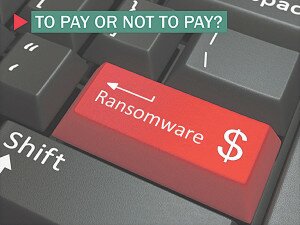Last week, we discussed the Federal government’s first steps toward implementing the Cybersecurity Information Sharing Act (CISA). Among the guidance documents released by the Department of Homeland Security and the Department of Justice were the Privacy and Civil Liberties Interim Guidelines. This guidance is designed to apply Fair Information Practice Principles (FIPPs) to Federal agency receipt, use and dissemination of cyber threat indicators consistent with CISA’s goal of protecting networks from cybersecurity threats.
FIPPs form the core of many federal and state privacy laws as well as the basis for privacy best practices across numerous industries and government agencies. This guidance applies them to federal agency collection of cyber threat indicators as described below. In practice, the government intends that application of some FIPPs to cyber threat indicators shared via the Department of Homeland Security’s Automated Indicator Sharing (AIS) tool, which we referenced here, will be effectuated via capabilities embedded within the AIS mechanism. Continue Reading CISA Guidelines: Privacy and Civil Liberties Interim Guidelines for Federal Agencies





 The 2016 lists are starting to be released by regulatory agencies in the United States, giving a heads’ up to covered entities as to what compliance issues will take front and center this year. Once again, the Office of Compliance Inspection (OCIE) of the US Securities & Exchange Commission (SEC) has put cybersecurity on the top of its examination priorities. OCIE is responsible for conducting examinations of the entities required to be registered under various SEC regulations, including broker-dealers, transfer agents, investment advisers, and investment companies.
The 2016 lists are starting to be released by regulatory agencies in the United States, giving a heads’ up to covered entities as to what compliance issues will take front and center this year. Once again, the Office of Compliance Inspection (OCIE) of the US Securities & Exchange Commission (SEC) has put cybersecurity on the top of its examination priorities. OCIE is responsible for conducting examinations of the entities required to be registered under various SEC regulations, including broker-dealers, transfer agents, investment advisers, and investment companies.